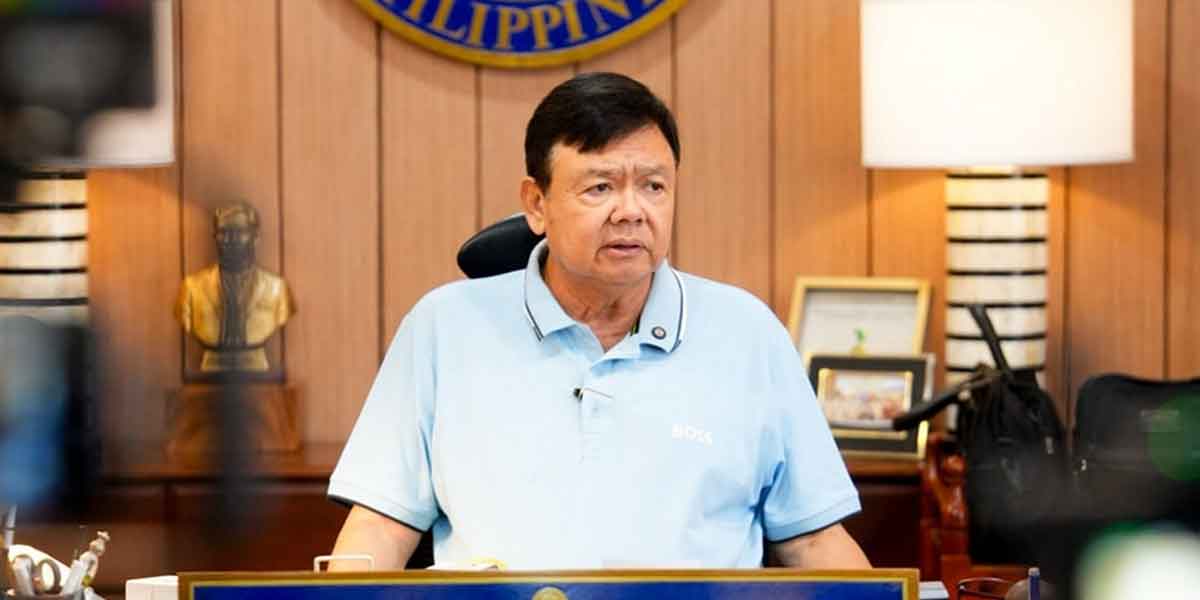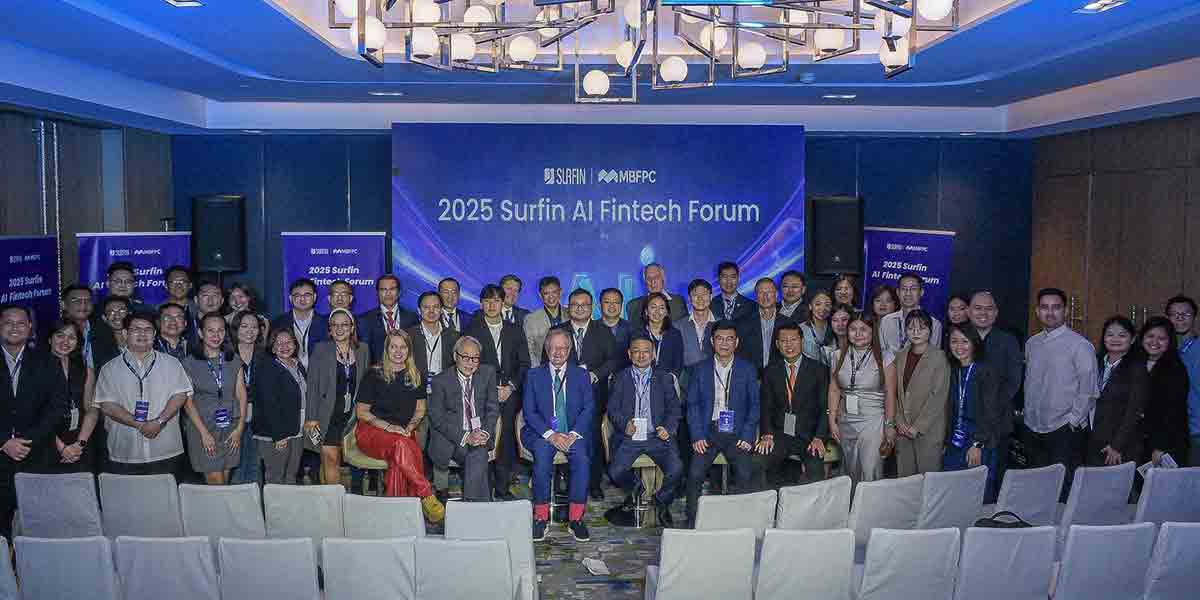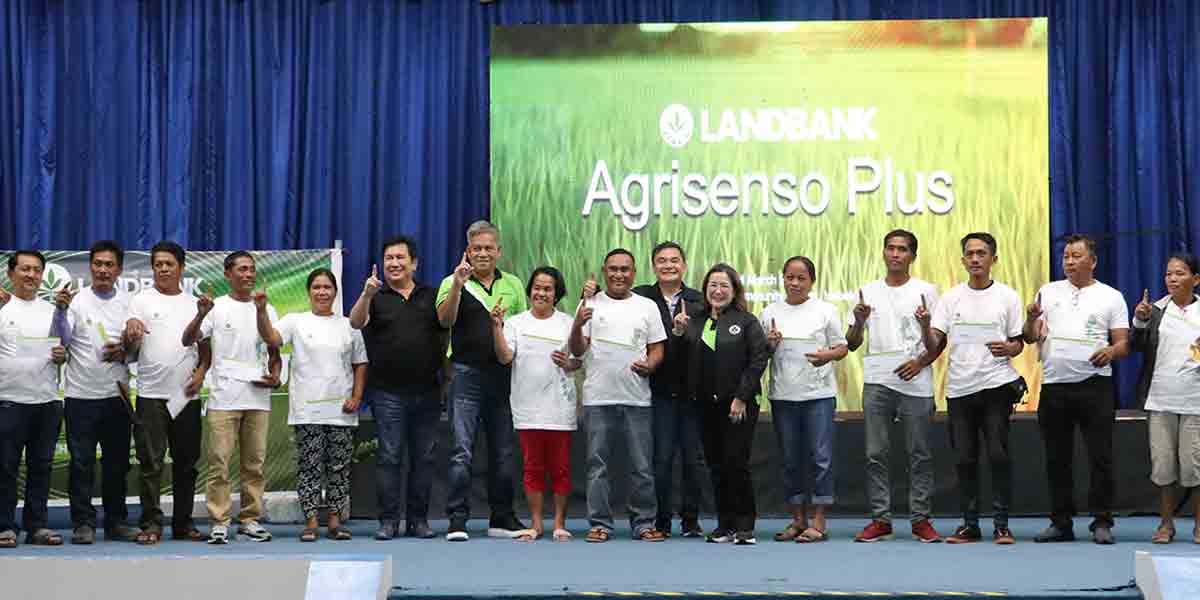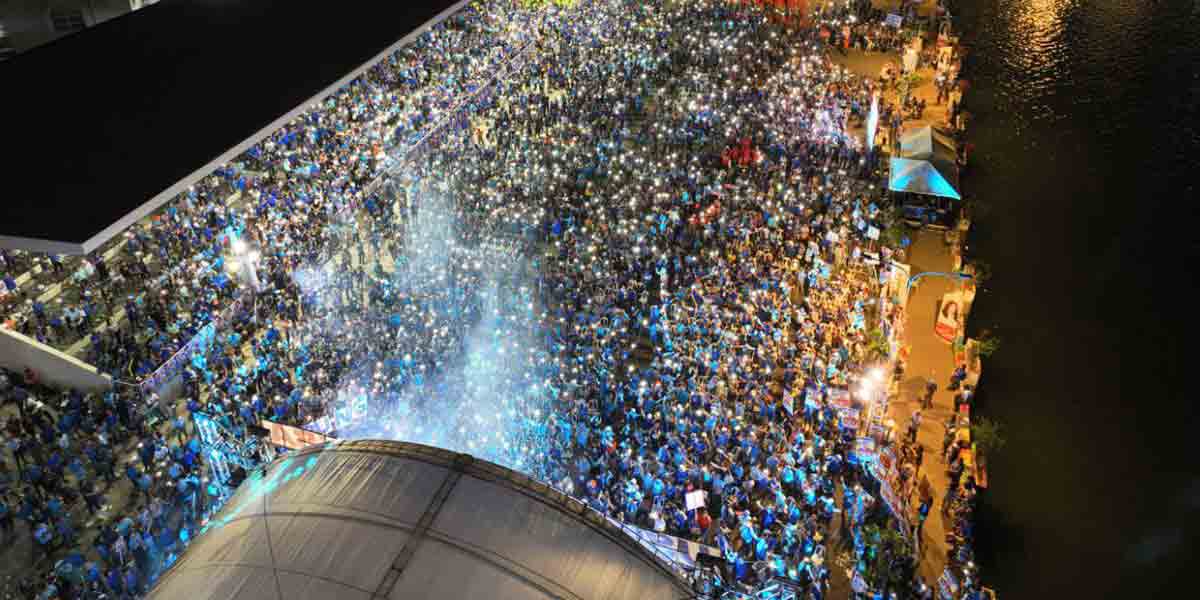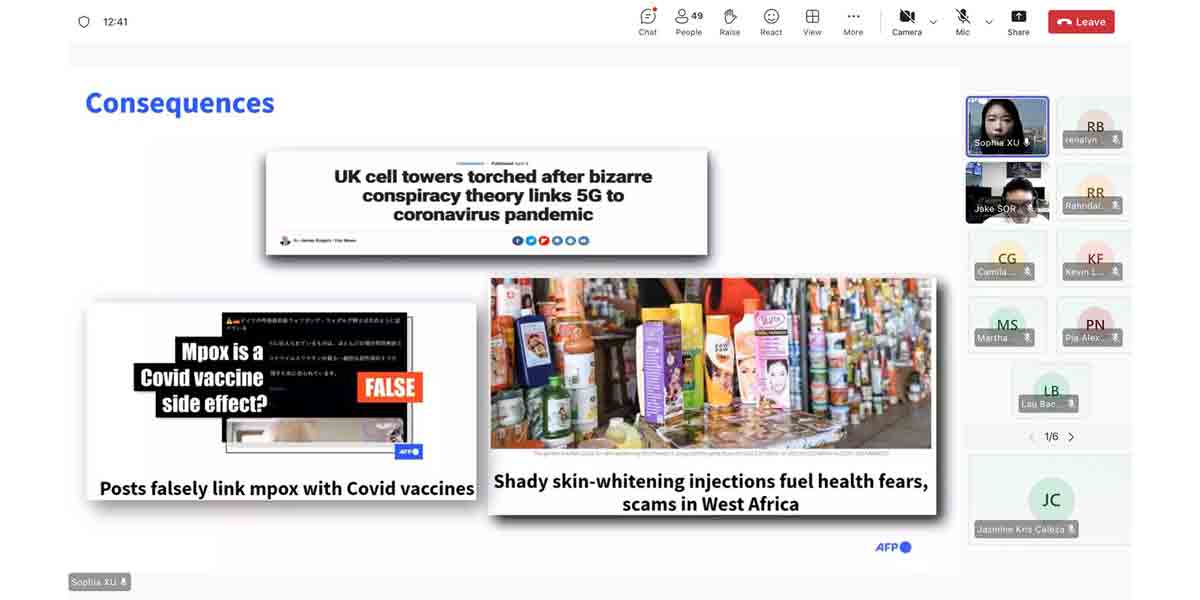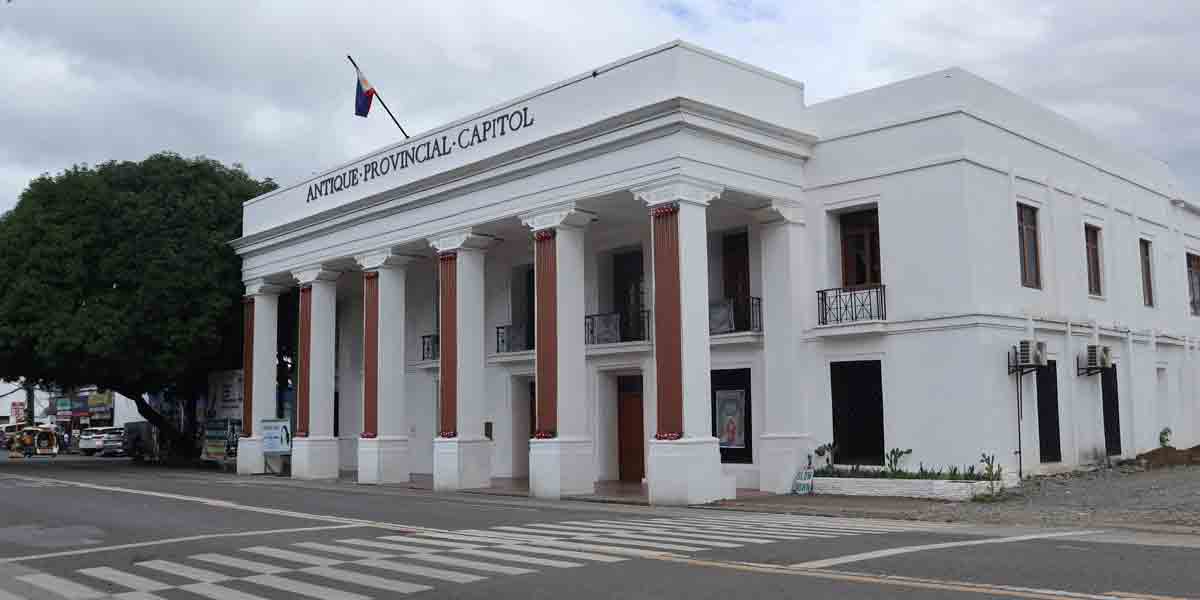
By Rjay Zuriaga Castor
The Bureau of Fisheries and Aquatic Resources Region 6 (BFAR-6) defended its decision to construct a government-funded feed mill plant inside the Southeast Asian Fisheries Development Center (SEAFDEC) in Tigbauan, Iloilo, citing the organization’s research and technological expertise in fisheries development.
“They are a research institution. We are scaling up the technology and for innovation, we need to reach and we see that there is already a facility and it’s just a matter of scaling up,” said BFAR-6 Director Remia Aparri in an interview with the Daily Guardian on Tuesday.
The project, which started in 2023 under a PHP 30-million budget, aims to produce low-cost feeds for local aquafarmers.
It is 90 percent complete and expected to be operational by the second quarter of this year.
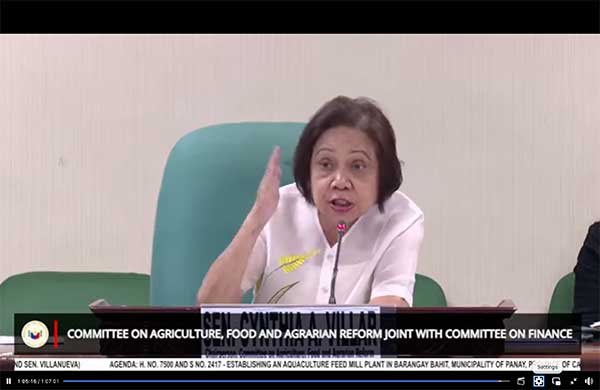
BFAR issued the justification as Senator Cynthia Villar, chair of the Senate Committee on Agriculture, Food and Agrarian Reform, criticized the agency’s decision to build the feed mill plant on SEAFDEC’s property, arguing it should directly benefit local communities instead.
“Why SEAFDEC? Why are you financing SEAFDEC? Why didn’t you finance the fishermen in the place? Why construct it in the SEAFDEC? If they want to build a feed mill on the SEAFDEC, they should be funding it themselves, not us,” Villar said during a public hearing on Jan. 20.
Aparri clarified that the facility is not being turned over to SEAFDEC but is a joint partnership.
She added that the beneficiaries of the feed mill will be local fish pond operators who will receive the low-cost feeds.
However, Villar expressed concern over the arrangement, stating that co-managing the facility with SEAFDEC could complicate operations.
She emphasized that BFAR-6 and the local government of Tigbauan should oversee the plant instead.
The senator also warned against replicating this setup for future projects, such as the proposed Senate Bill No. 2417, which seeks to establish an aquaculture feed mill plant in Barangay Bahit, Panay, Capiz.
The feed mill in Tigbauan is designed to produce five metric tons of feed per day or 1,560 metric tons per year, potentially catering to 160 hectares of ponds.
Aparri disclosed that while SEAFDEC will manage and operate the facility temporarily, there is no clear timeline for turning over management to the local government.
Additionally, BFAR-6 has yet to finalize a proposal identifying specific fish pond operators as beneficiaries of the feed mill’s output.
In addition to the PHP 30 million for the project, BFAR-6 allocated PHP 250,000 to commission SEAFDEC for a feasibility study.
The feed mill plant is the first of its kind in Western Visayas, marking a significant development in aquaculture support for the region.


